
5 insects to look for in your own backyard
Did you know there’s an insect that doesn’t eat when it becomes an adult? Or that some flies can’t even fly? Insects are so much more fascinating than they are usually given credit for.
Learning more about them is a simple way to tap into the wonderful world of nature that’s at your fingertips.
And going out insect spotting is a great way for you and your kids to get connected to the environment, breathing in the fresh air as you go.
See if you can spot these five at home or in a park near you:
1. Soldier fly
The adult soldier fly can be spotted zipping around in spring and summer. They are easily confused with wasps, as they look quite similar, but they won’t hurt you.
There are 2700 species of soldier flies worldwide. One of our common native species in greater Adelaide is the garden soldier fly. It’s a dark colour with big black eyes and grows to no more than about 2.2 centimetres long.
Another interesting species is the black soldier fly, but this one isn’t native to Australia. The black soldier fly is a great garbage disposal unit – they can consume large quantities of food in their larval stage and are capable of ploughing through food waste.
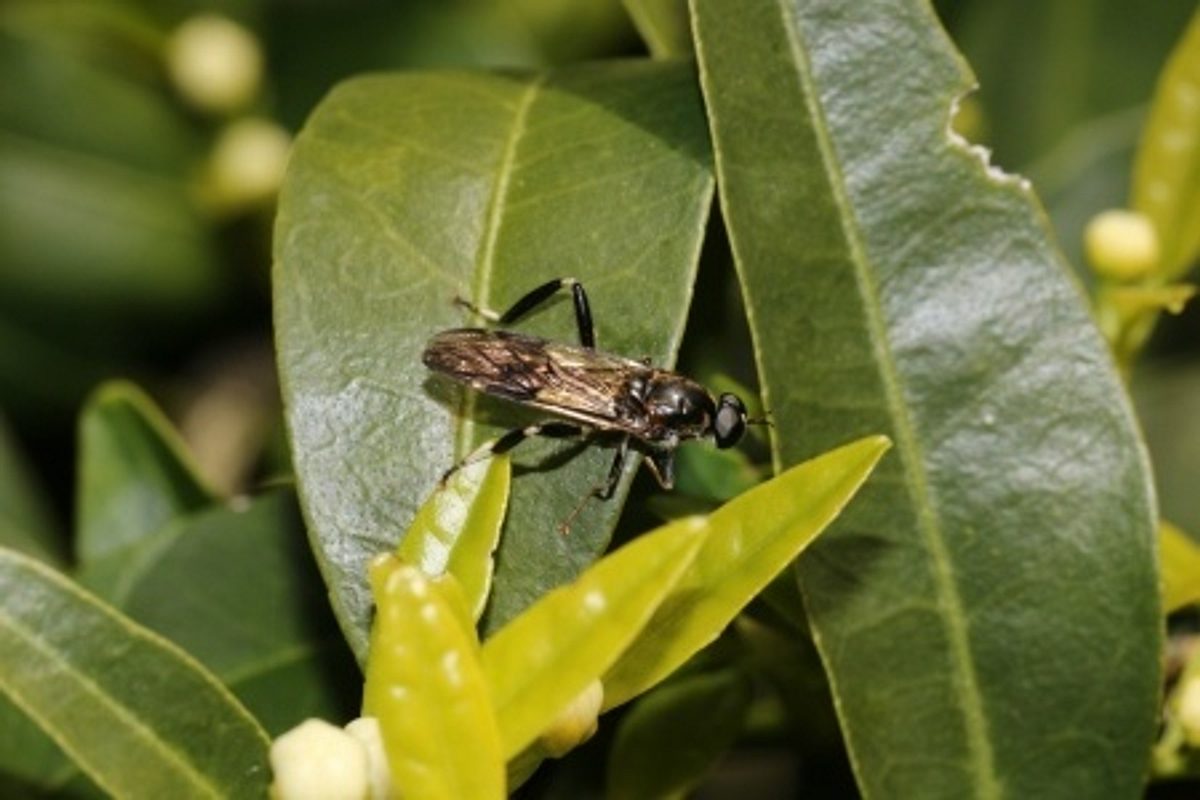
2. Damselfly
Damselflies look like a petite version of the well-known dragonfly. In fact, they come from the same scientific order, meaning they shared a common ancestor. They are both related to what’s thought to be the largest insect ever to roam – or fly over – the earth, which had a wingspan of more than half a metre.
An easy way to tell the difference between damselflies and dragonflies is that when they aren’t flying, dragonflies keep their wings perpendicular to their body but damselflies don’t. Look out for these bugs hanging around water.
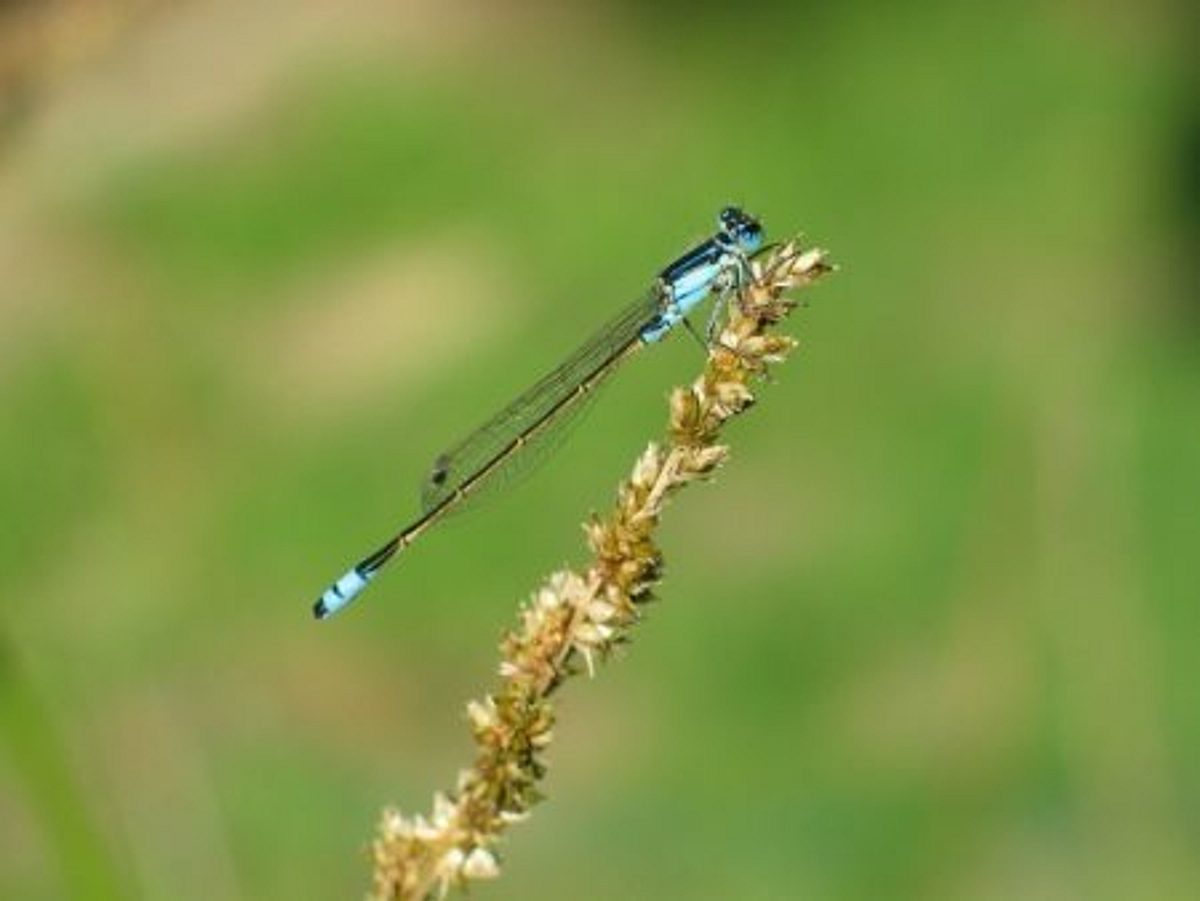
3. Stonefly
South Australia has nine species of stoneflies. Despite their name, adult stoneflies don’t excel at flying. At their smallest, juveniles can be a tiny 2 millimetres long. Baby stoneflies, which are called nymphs, can be found in cool, clean water, but adults live on land – and often only live a few days, or several months at most.
Scientists can learn a lot from creatures like stoneflies. In fact, they often discover more about the quality of a watercourse from the critters living in it than from a water test. For instance, stonefly nymphs are great for indicating water health, as they won’t live in water that is overly polluted.
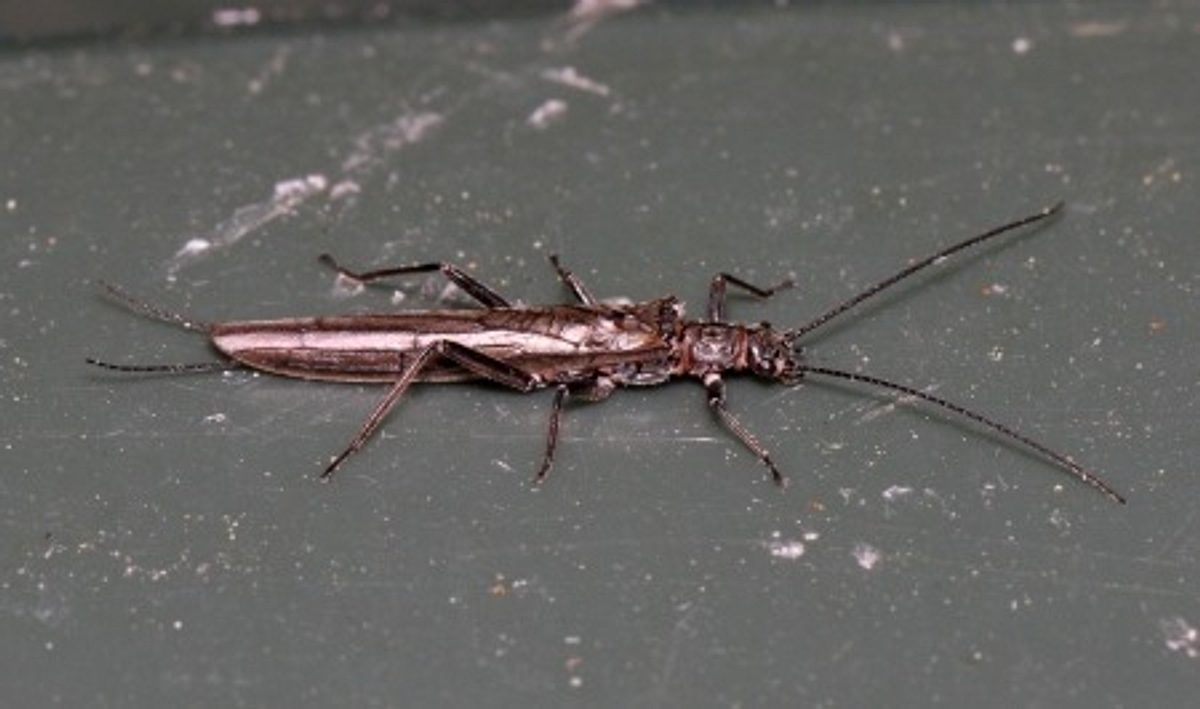
4. Mayfly
Mayflies have been around for about 300 million years – there’s fossils to prove it.
Without a doubt, the most unusual thing about mayflies is that the adults do not eat – they don’t even have a digestive system. It sounds less bizarre when you discover that their adult life can be as short as a few minutes – but perhaps that’s also a hard fact to digest (pun intended!).
Young mayflies, on the other hand, can live up to three years before becoming adults. They eat things like algae and will shed their skin between 12 and 50 times before adulthood.
Wondering why they’re called mayflies? In the northern hemisphere, it’s generally May when these bugs become adults.
Like stoneflies, mayflies are also a great indicator of pollution – or a lack of. So if you see mayflies near you, rest assured the environment is in a pretty good state.
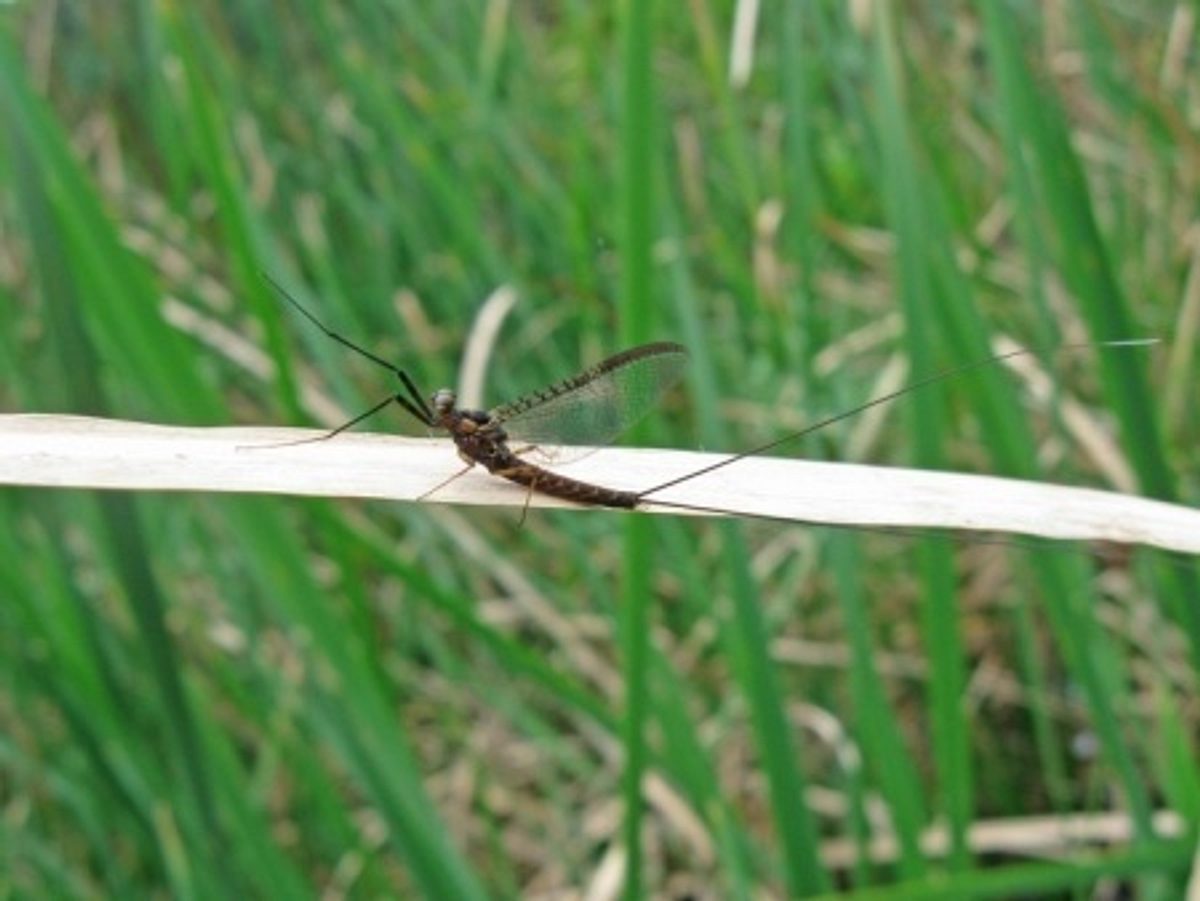
5. Longicorn or long-horned beetle
In Australia, there are about 1200 native longicorns, also known as long-horned beetles.
While they sound like some kind of mythical creature, longicorns eat the heartwood of trees and have antennae that resemble horns.
They are born in or under tree bark and have a taste for live or dead wood – delicious! A tell-tale sign of their presence on a tree is little holes in its trunk. Eucalypts are its delicacy of choice.
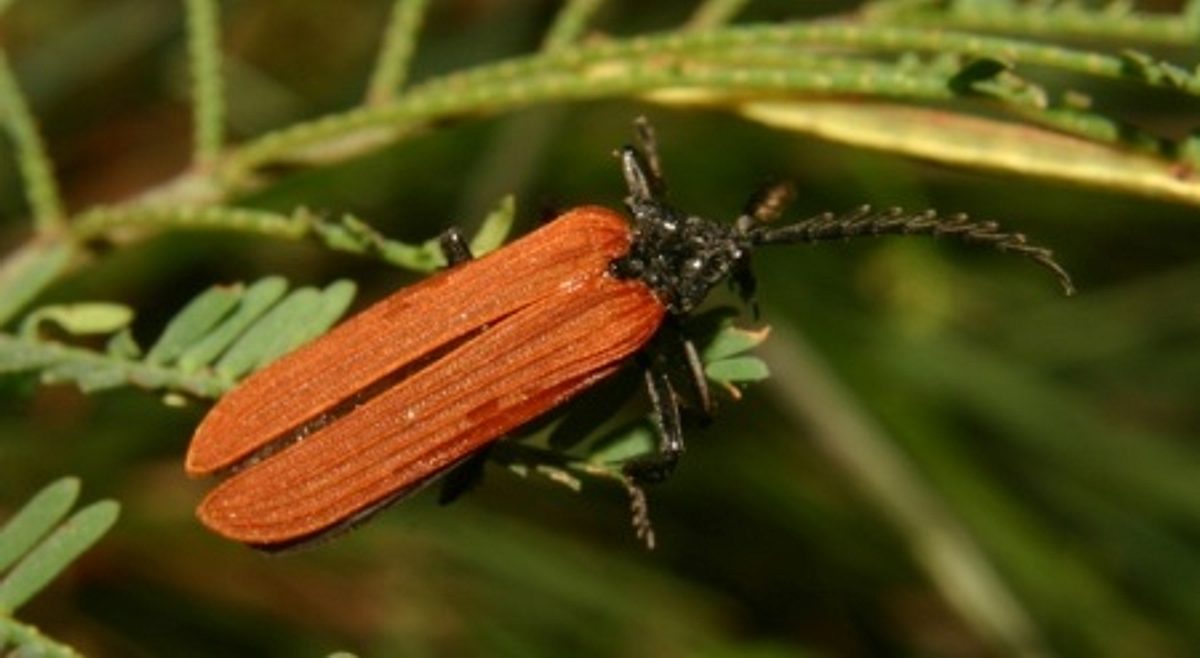
Benefit of bugs in your garden
Bugs are often misunderstood. For many people there’s a tendency to reach for the bug spray to get rid of them from your garden, but did you know that some bugs can be a big help?
In the Adelaide Plains, market gardeners have actually been able to reduce their pesticide use with programs that employ the use of these good bugs. If you’re interested in learning more about it, read this case study.
Love all things nature? Check out our tips on encouraging local fauna to visit your backyard.
Main image: Damselfly (image courtesy of Jeremy Gramp)





